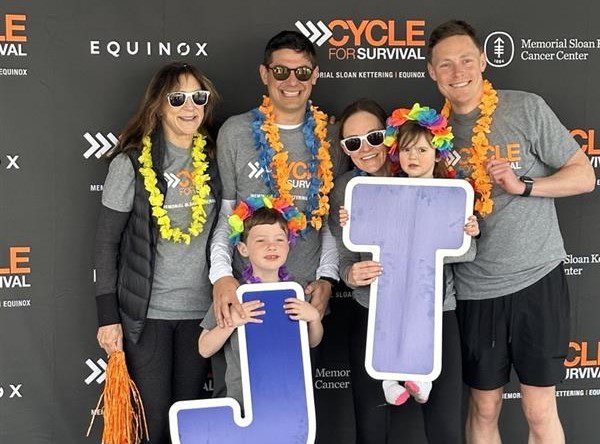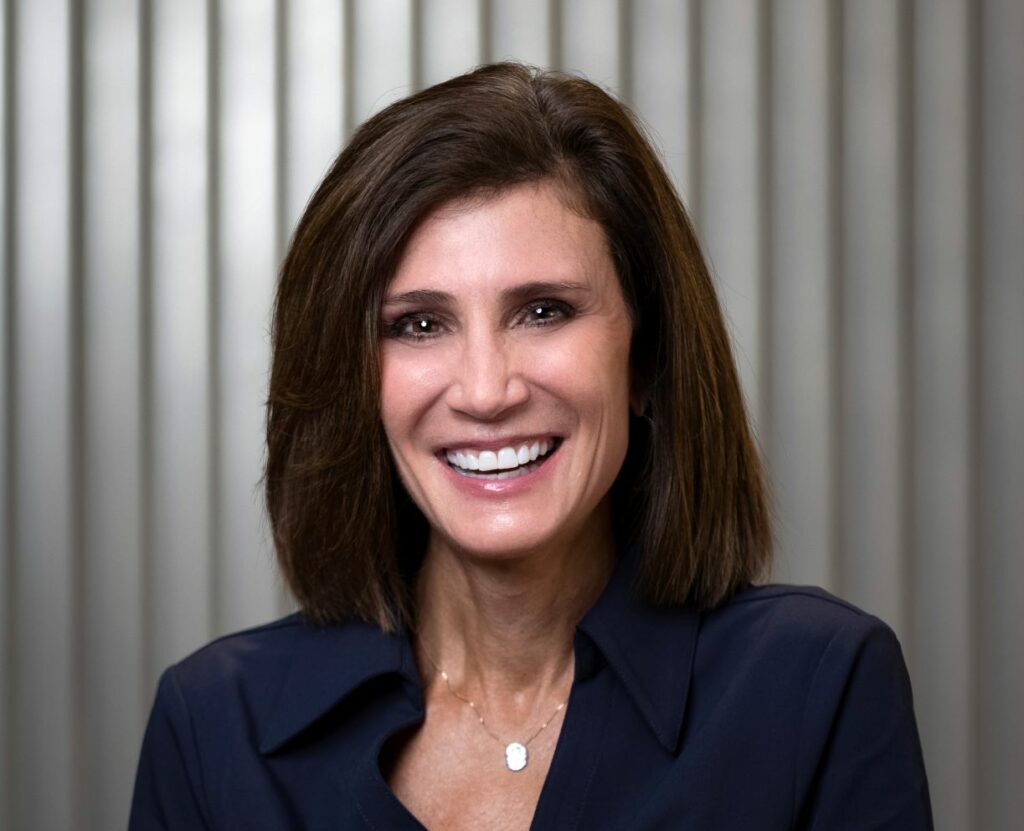blog October 25, 2018
Aligning physician incentives for clinical research
As healthcare costs continue to rise, there is much discussion around how we pay for the services and treatments we receive.
Traditionally, physicians and providers have been compensated through a fee-for-service model, leading some to ask if we are getting the level of care and outcomes commensurate with ever-increasing healthcare spending. Within this fee-for-service model, a majority of healthcare providers in the United States are compensated through a system of relative value units (RVUs), in which tasks are assigned different weights, based on factors such as personnel time, level of skill, and sophistication of equipment required. These weights are defined by payors and healthcare systems and used to determine how the provider is reimbursed.
As we look for ways to better integrate clinical research into the continuum of care, it is important that we look for areas of potentially misaligned incentives within any compensation structure.
In an effort to drive greater value, public and private payors, providers, and health systems are considering a variety of alternative payment models. As we look for ways to better integrate clinical research into the continuum of care, it is important that we look for areas of potentially misaligned incentives within any compensation structure.
Physician engagement is key
Physician engagement is key to both the quality of a patient’s care and success of a clinical trial. Data suggests that research is increasingly being conducted outside of academic medical centers, in community-based, non-academic clinics. In these community health centers and systems, compensation relies heavily on an RVU-driven model. Further, in these settings, if a physician investigator’s work does not happen as a part of clinical care, it does not likely translate into earned research dollars under the current RVU structure.
A gap exists. Incentives are not aligned.
Clinical trial duties often fall outside the standards of care
Much of the work of a clinical trial falls outside of standards of clinical care – duties include site initiation, review of inclusion and exclusion criteria for each patient, protocol specific training, patient accrual, and participating in monitoring visits by the trial sponsor representative. While some of these duties are performed by study personnel other than the investigator, the expectation is that the primary investigator has oversight responsibilities requiring engagement in more administrative duties.
While patient accrual can be a challenge in some trials, for a physician investigator involved in a large, well-populated trial, the disconnect between the number of hours required to achieve success and the hours that are recognized and reimbursed under the current RVU structure is likely to be even more discouraging. Yet, industry goals and trends indicate a desire for fewer sites and more patients enrolled to aid in addressing time and cost associated with drug development.
40% of physician investigators leave clinical research after just one trial.
We know that 40 percent of physician investigators leave clinical research after just one trial. This is especially striking when you consider that 95 percent of patients said the overall quality of care improved when they enrolled in a trial. Physicians want to do what is best for their patients, so what might be driving them away from engaging in clinical research as a care option?
There’s a disconnect between research and physician compensation
Could the current reimbursement models of drug development and healthcare be at odds, leading to fewer physicians engaging in or more physicians leaving clinical research? Does the current RVU structure lead to research being viewed by both the physicians and healthcare administrators as a cost center, and therefore not sustainable in either academic or other health centers? Could these models be an impediment to getting drugs in the hands of patients more quickly as providers and systems are demotivated to participate in clinical trials?
By recognizing this disconnect, we can work with providers, health systems, payors and biopharmaceutical sponsors to find ways to better align incentives for physicians to engage with clinical research in a way that will benefit not only their patients, but the broader health care system.
Integrating clinical research into the continuum of care creates alignment
At Javara, we have built a business model to better address root cause impediments within the clinical trials enterprise. Finding better business models to bridge clinical research with clinical care and vice versa is at the core of our value proposition. Together with our healthcare system partners, we are on a mission to better integrate clinical research into the continuum of care and ensure that all stakeholders are aligned: patients have access to potentially life-saving treatments, the pharmaceutical industry has quality data to develop and improve vital treatment interventions, and providers and health systems are better able to serve patients as research participants.
Take the next step
See how our Integrated Research Organization model we will transform clinical research.
Share




